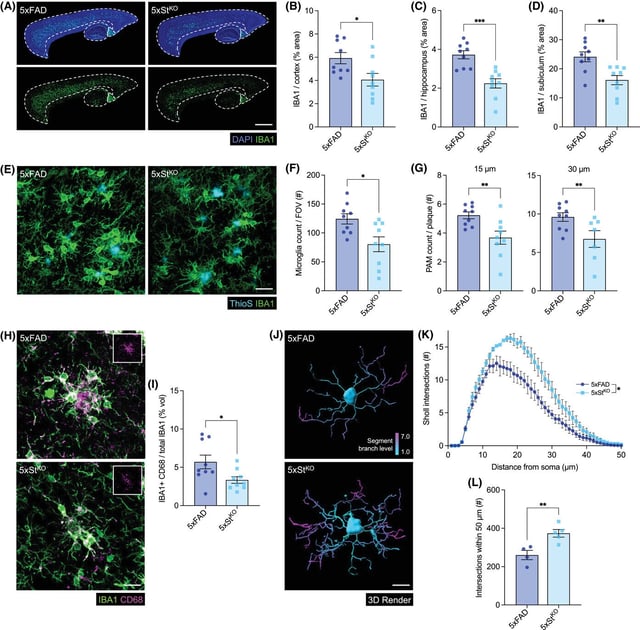Overview
- Researchers at the University of Virginia showed that age-related DNA damage activates STING, triggering brain inflammation that drives amyloid plaque and tau tangle formation in Alzheimer’s model mice.
- Genetic and pharmacological suppression of STING in 5xFAD mice cut plaque burden, restrained microglial overactivation and improved memory function in laboratory tests.
- STING’s central role in neuroinflammation indicates it may serve as a shared pathological node across Alzheimer’s, Parkinson’s, ALS and other neurodegenerative diseases.
- Scientists caution that developing STING-targeted therapies will require detailed mapping of its roles in immune defense and cancer surveillance to avoid unintended side effects.
- The findings were published June 2 in Alzheimer’s & Dementia and were funded by the National Institutes of Health, the Alzheimer’s Association and several private foundations.

